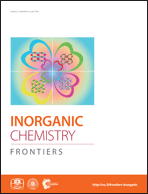The latest InorgChemFront issue is published online. ![]()
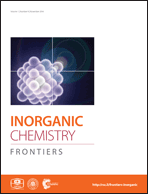
Synthesis of a naphthalenediimide-based cyclophane for controlling anion–arene interactions
Yongjun Li, Yingjie Zhao, Runsheng Jiang, Huibiao Liu and Yuliang Li
Inorg. Chem. Front., 2014, 1, 661-667
DOI: 10.1039/C4QI00095A
Formation of glutathione sulfenate and sulfinate complexes by an organoiridium(III) anticancer complex
Zhe Liu and Peter J. Sadler
Inorg. Chem. Front., 2014, 1, 668-672
DOI: 10.1039/C4QI00098F
In situ synthesis and structural characterization of a series of acylhydrazidate-extended Ln3+ and Zn2+ coordination polymers
Yan-Ning Wang, Jie-Hui Yu and Ji-Qing Xu
Inorg. Chem. Front., 2014, 1, 673-681
DOI: 10.1039/C4QI00100A
Enhancement of photovoltaic efficiency by insertion of a polyoxometalate layer at the anode of an organic solar cell
M. Alaaeddine, Q. Zhu, D. Fichou, G. Izzet, J. E. Rault, N. Barrett, A. Proust and L. Tortech
Inorg. Chem. Front., 2014, 1, 682-688
DOI: 10.1039/C4QI00093E
Synthesis, polymorphism, and electronic structures of Sr3Sn2As4
Xiao-Cun Liu, Ming-Yan Pan, Xin Li, Sheng-Qing Xia and Xu-Tang Tao
Inorg. Chem. Front., 2014, 1, 689-694
DOI: 10.1039/C4QI00106K
Synthesis, structures, and magnetic properties of a series of new heterometallic hexanuclear Co2Ln4 (Ln = Eu, Gd, Tb and Dy) clusters
Chong-Bin Tian, Da-Qiang Yuan, Yun-Hu Han, Zhi-Hua Li, Ping Lin and Shao-Wu Du
Inorg. Chem. Front., 2014, 1, 695-704
DOI: 10.1039/C4QI00116H
From themed collection Crystal engineering for molecular materials
A biomimetic photoelectrochemical device from a molecular heterometallic sodium–manganese water splitting catalyst
C. R. Raymond Gan, Zhaolin Liu, Shi-Qiang Bai, Siok Wei Tay, Xiaoming Ge, Ji-En Wu and T. S. Andy Hor
Inorg. Chem. Front., 2014, 1, 705-711
DOI: 10.1039/C4QI00081A
Publish with Inorganic Chemistry Frontiers, benefit from rapid publication, free journal cover and free access to 2014 & 2015 content!











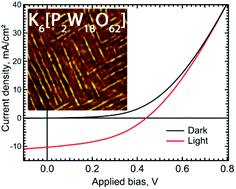
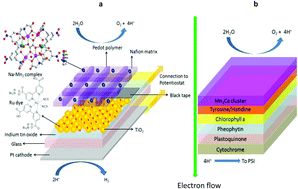
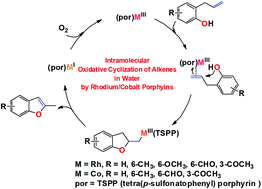
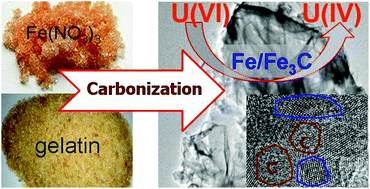
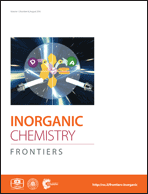 The cover story,
The cover story, 
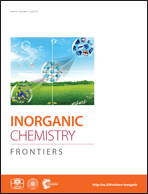
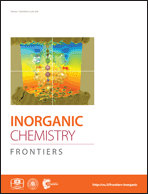 The cover story,
The cover story, 